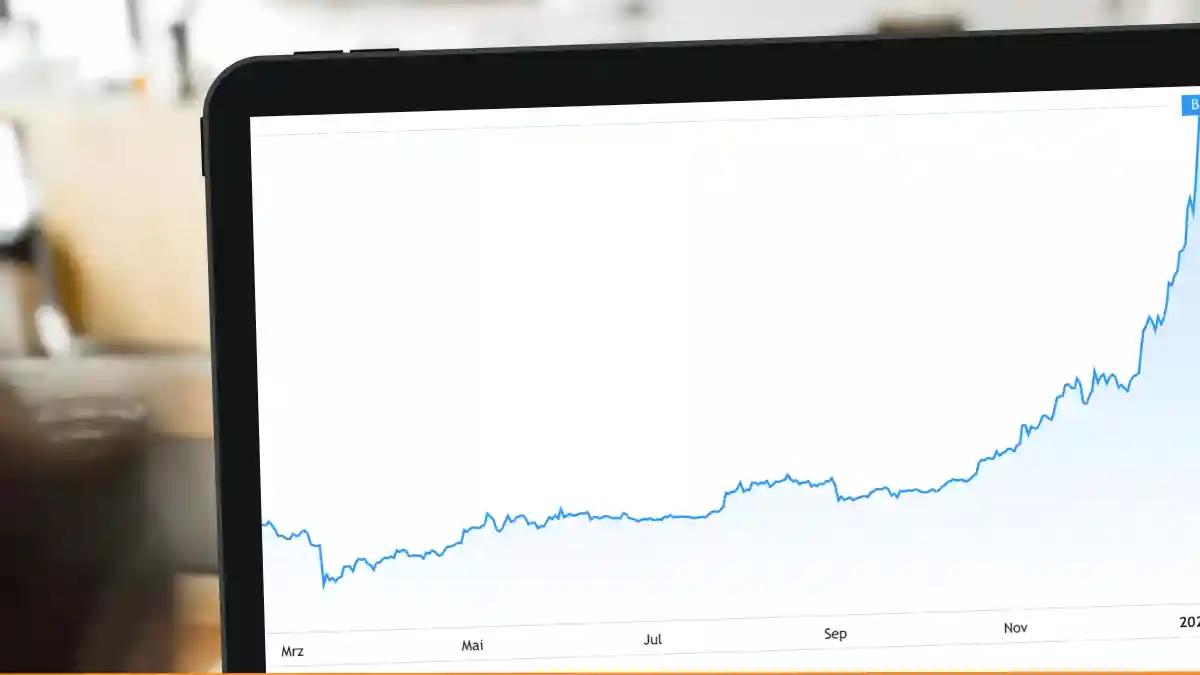The financial industry has been completely changed by cryptocurrency, which now provides new opportunities for investment and profit. Crypto-lending platforms are one of these options, and they offer investors enticing returns. But the inherent hazards go hand in hand with the possible rewards. This essay explores the dangers of funding a crypto-lending business, offering insightful information and things to keep in mind for anyone thinking about making this financial decision.
There are no free meals, and crypto financing is no different. A certain degree of risk must always be accepted in order to get a return on your investment, and often, the bigger the possible return, the greater the risk. The best illustration of this market mechanism is cryptocurrency. Although the asset class has the potential to produce enormous profits, investors must contend with severe volatility.
Like customers of traditional banks who deposit their savings and receive interest payments in dollars, pounds, or cryptocurrencies, cryptocurrency users who deposit their cryptocurrency at crypto lenders also profit, often in cryptocurrency. Though rates vary depending on the tokens deposited, crypto lenders provide significantly higher returns at the very top end, up to 20%.

Risks of Investing in a Crypto-Lending Platform
Potential investors need to be aware of the dangers associated with investing in a crypto-lending platform. These dangers consist of:
1. Volatility of Cryptocurrencies
Cryptocurrencies’ price volatility is well-known. The overall value of your investments may be impacted by the large variations in the value of cryptocurrencies over brief periods.
2. Regulatory Uncertainty
In many places, the regulatory environment for cryptocurrencies is still developing. Investor losses could result from abrupt changes in rules that influence the legality and functionality of crypto-lending platforms.
3. Platform Reliability
The loan platform’s dependability and security are crucial. Loss of money or the disclosure of private information could result via hacks, security lapses, or technical errors.
4. Counterparty Risk
Lending to unidentified borrowers is a common practice on cryptocurrency lending sites. Loan default is a risk because there is frequently no way to recoup damages in the event of borrower default.
5. Lack of Investor Protections
Crypto-lending platforms might not provide the same investor protections, including deposit insurance, as conventional financial institutions do. Investors are thus exposed to possible losses.
6. Limited Track Record
Many crypto-lending platforms are still developing and have little prior experience. Evaluation of the platform’s performance and long-term viability can be difficult.
7. Market Risk
The success of lending platforms may be impacted by the state of the bitcoin market generally. A bear market can result in a decline in loan demand and possible investment losses.
8. Interest Rate Fluctuations
Platforms for crypto financing frequently provide varying interest rates. The profitability of your assets could be impacted by abrupt changes in these rates.
9. Technological Risks
Platforms that rely on technology are more vulnerable to hacker attacks, data breaches, and technical issues that could jeopardize user payments.
10. Exit Scams
Because cryptocurrencies are decentralized, it may be simpler for nefarious parties to plan exit schemes and steal investor money.
11. Economic Factors
The value and demand of cryptocurrencies can be impacted by geopolitical and global economic issues, which might affect the profits on your investments.
12. Lack of Understanding
Investors who are ill-informed on the workings of cryptocurrency lending may make poor choices that result in losses.
13. Tax Implications
Unexpected tax liabilities could result from cryptocurrency’s complex tax legislation.
14. Psychological Factors
The volatile emotional nature of the bitcoin markets may cause hasty decisions and financial losses.
15. Lack of Consumer Protections
Investors might not be as well protected as consumers would be with conventional financial products.
Concerned largely by borrowers is volatility
Numerous cryptocurrencies, like Bitcoin, are prone to significant price swings. You may easily eliminate this risk as a cryptocurrency saver by adding stablecoins to your savings accounts. The majority of platforms allow you to get interest payments in stablecoins and even receive stablecoins at greater rates.
A stable asset, like the dollar, serves as the basis for the value of stablecoins, which are cryptocurrencies. In this manner, the stablecoin’s value will change no more than the value of the underlying asset. You no longer face the same volatility risk as with cryptocurrencies that are allowed to float freely. For instance, when lending Bitcoin, there is always a chance that the asset’s price will plummet unexpectedly.

Some lenders charge you a higher interest rate if you elect to store or invest a portion of your assets in the platform’s native cryptocurrency (also known as the “lending token”). You must be cautious of the volatility of these lending tokens if you wish to invest at these higher rates. As many platforms provide loyalty programs if you purchase their tokens, you may be able to get a higher interest rate on some of them if you choose to collect your interest in the platform’s Lending Token.
The platform may sell some of your collateral if its market value drops and you fail to respond to a margin call, but you carry the risk of collateral volatility if you opt to secure a loan with a volatile cryptocurrency like Bitcoin. You should as a borrower confirm the precise terms of the platforms. When the LTV reaches a specific level, some platforms may include a provision that permits them to sell all of your collateral.
